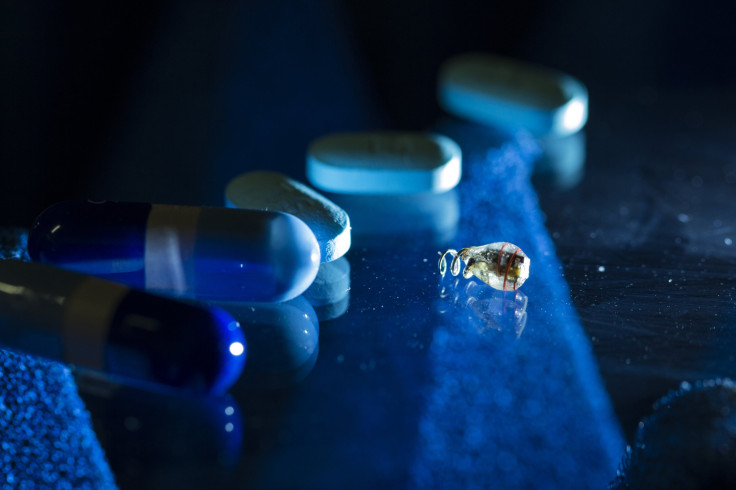Wirelessly Powering Implanted Devices: New Pacemaker Uses Electromagnetic Waves To Charge It From The Outside

With the hope that they’ll be able to help more people, scientists continue to innovate in the field of medical technology, and it seems like every time they come up with something new, it’s more groundbreaking than the last thing. Such is the case with one engineer from Stanford University, who just created a grain of rice-sized pacemaker capable of being recharged from an energy source outside of the body. Wirelessly powering
Reporting her invention in the Proceedings of the National Academy of Sciences, Stanford electrical engineer Ada Poon said in a press release, “We need to make these devices as small as possible to more easily implant them deep in the body and create new ways to treat illness and alleviate pain.”
The tiny pacemaker makes use of electromagnetic waves to provide it with power wirelessly. These waves, which are emitted from radio towers and in microwave ovens, comprise both far-field and near-field waves. As their names imply, far-field waves are capable of traveling long distances. But when they touch human skin, they can either be deflected or absorbed as heat. Near-field waves, on the other hand, can only transfer power over short distances, and are used for some current medical devices like hearing implants. By combining the power safety of near-field waves with the reach of far-field waves, Poon was able to create what she called mid-field wireless transfer, which is essentially a way to transfer these electromagnetic waves into the body in order to power the device.
“With this method, we can safely transmit power to tiny implants in organs like the heart or brain, well beyond the range of current near-field systems,” John Ho, an electrical engineering graduate student, said in the release.
The team found that the tiny pacemaker could be charged externally after testing it with a pig and a rabbit. Charging the pacemaker could be as simple as holding the charging device, which is about the size of a credit card, just above wherever it’s placed, outside of the body. The team promises that the mid-field waves are safe for passing through the body, using about the same amount of power as a cell phone.
Poon’s device adds to a growing list of innovations in the field of implantable devices. In January, researchers from the University Illinois developed a rechargeable nanoribbon capable of powering devices such as pacemakers and defibrillators without the help of batteries. It simply used the movement of the organs, transferred it into energy, and kept on working. Meanwhile, the same researchers are also in the process of developing biodegradable batteries for implanted devices.
Source: Poon A, Yeh A, Neofytou E, et al. Wireless power transfer to deep-tissue microimplants. PNAS. 2014.



























